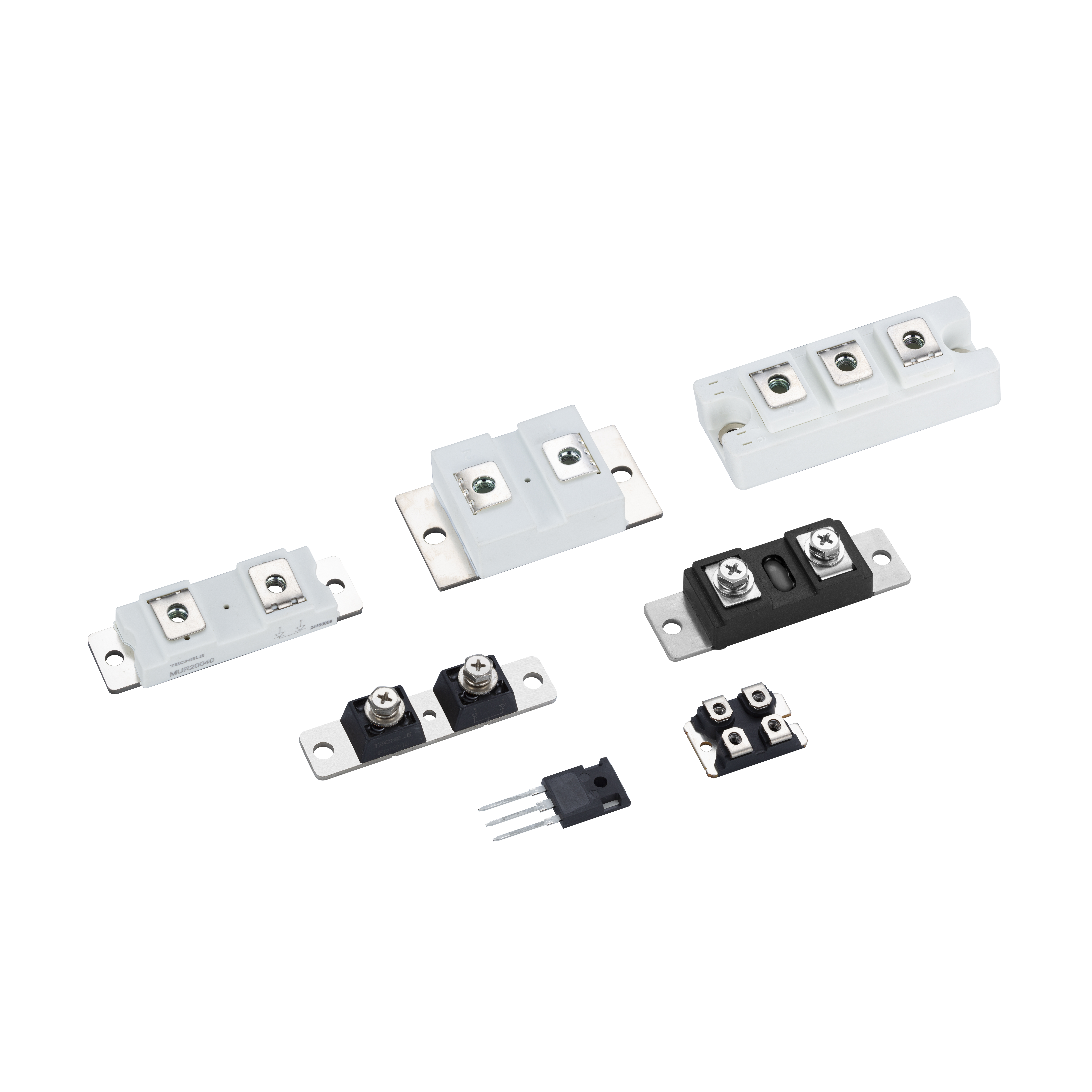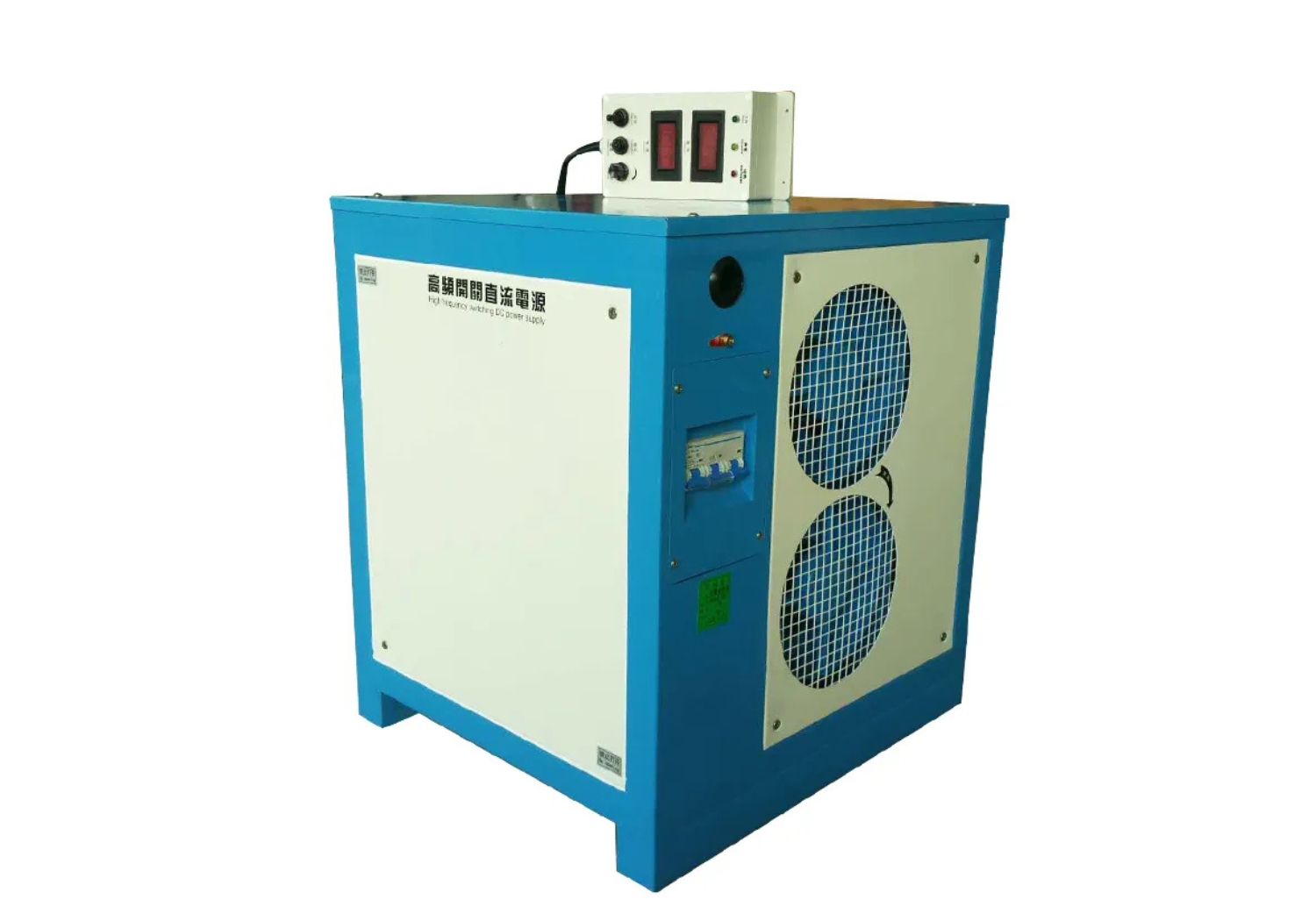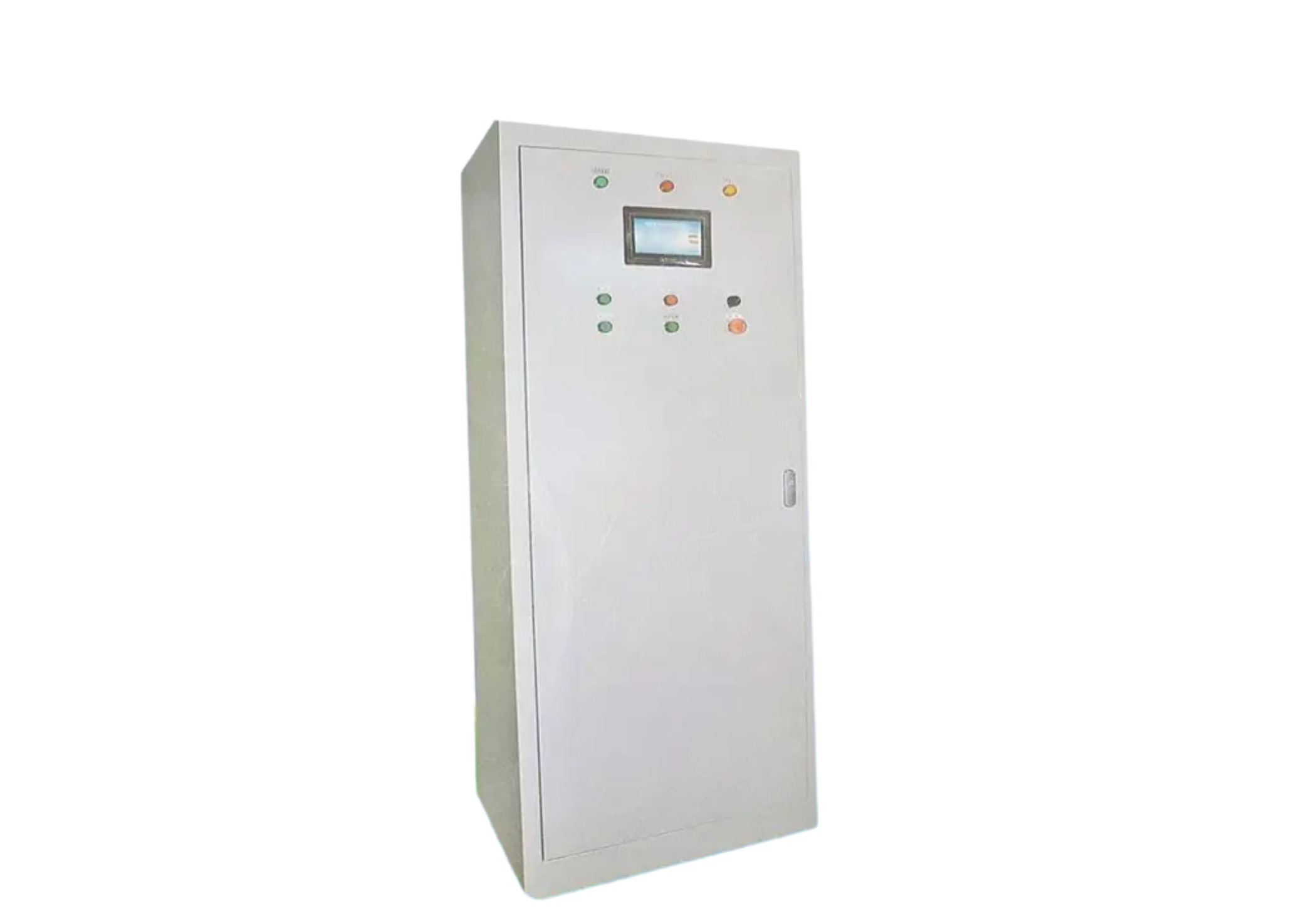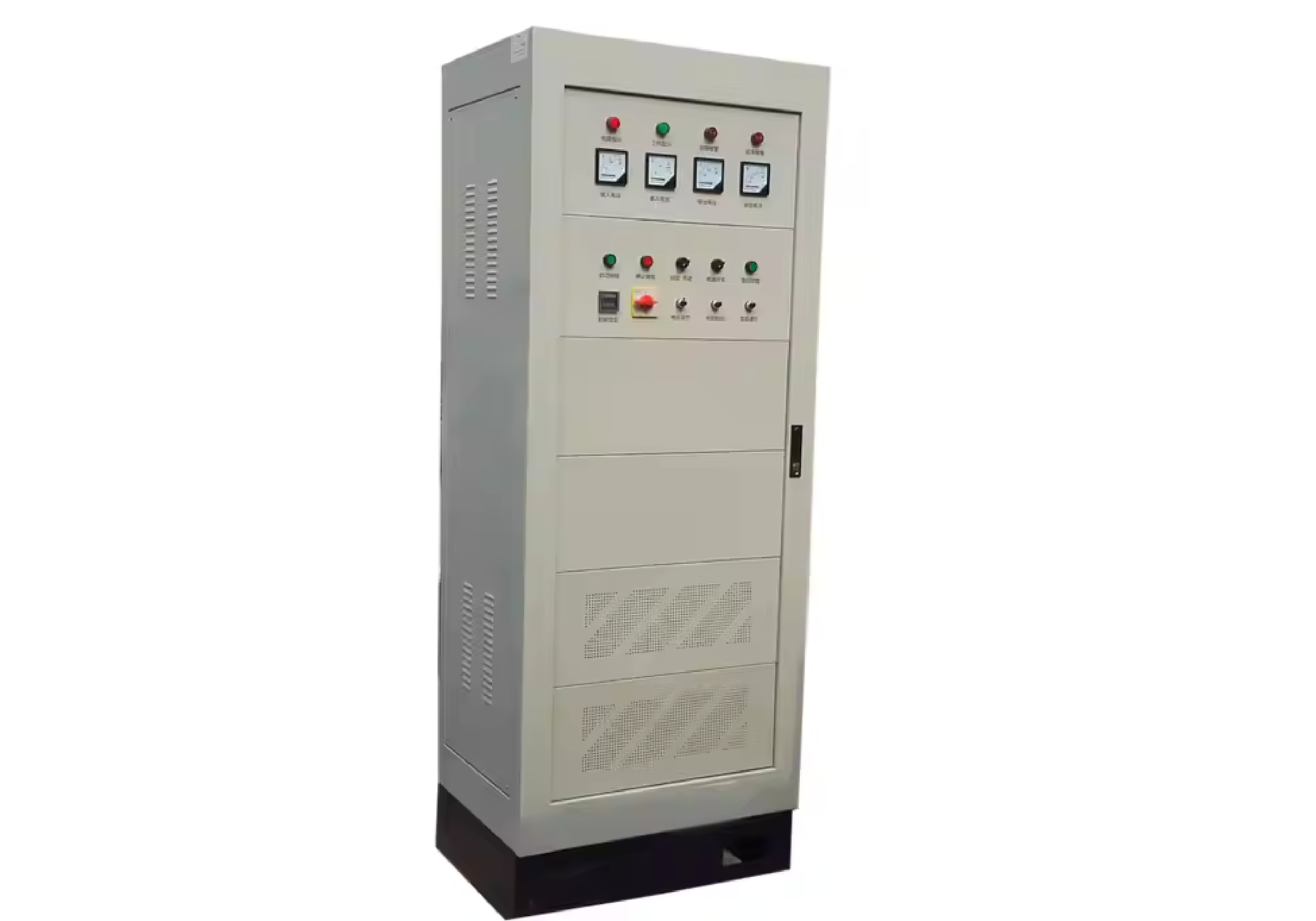Applications and Use Cases of Thyristor Modules in Traction Systems
Traction systems, such as those used in trains, trams, and other electric vehicles, require efficient power components to ensure smooth and reliable operation. Thyristor modules, essential for controlling the power flow and temperature within traction systems, are designed with specific performance parameters to meet the high-power demands and transient conditions these systems face. This article will examine the performance parameters of suitable thyristor modules for traction systems and their impact on performance and efficiency.
1. Key Features of Dual Thyristor Modules in Traction Systems
Dual thyristor modules are commonly used in traction systems due to their ability to handle high surge currents, reduce power losses, and maintain stable operation under varying loads. Key features of thyristor modules used in traction systems include:
Surge Current Capacity: Thyristor modules can handle surge currents of several kA, which is critical during power-up and load switching in traction systems.
Low On‑State Voltage: The low on-state voltage helps minimize power loss, ensuring the efficiency of the traction system and prolonging the lifespan of critical components.
Compact Packaging: Compact thyristor module packaging is essential for fitting into the tight spaces of traction systems without sacrificing electrical performance.
2. Voltage and Current Ratings
The voltage and current ratings of dual thyristor modules are vital for their application in traction systems:
Voltage Rating: The voltage rating of thyristor modules typically ranges from 1200 V to 4400 V, offering compatibility with various voltage requirements of traction systems.
Current Rating: These modules can handle current ratings ranging from several hundred amperes to over 1000 A, depending on the specific power requirements of the traction system.
Surge Current Rating: Thyristor modules are capable of handling surge currents of several kA, ensuring stable operation during rapid load switching and startup conditions in traction systems.
3. Thermal Management and Cooling
Thermal management is critical in ensuring the reliability and long-term performance of thyristor modules in traction systems:
Double-Side Cooling: The use of double-side cooling improves heat dissipation, ensuring the modules operate effectively even under high surge current conditions in traction systems.
DCB Substrates: Direct Copper Bonded (DCB) substrates are widely used to improve thermal conductivity and prevent overheating, ensuring consistent performance in demanding traction environments.
4. Substrate and Die Attachments
The reliability of thyristor modules in traction systems depends on the substrate and die attachment process:
DCB Substrates: The high thermal conductivity and mechanical strength of DCB substrates ensure that the thyristor modules remain operational and efficient even under high thermal stress.
Die Attachments: The die attachment process ensures that the thyristor dies remain securely bonded to the substrate, preventing mechanical failure due to thermal cycling and ensuring reliable electrical performance.
5. Applications in Traction Systems
Thyristor modules are employed in traction systems for various functions, including:
AC/DC Conversion: Thyristor modules are used in the conversion of AC to DC power, allowing the traction system to efficiently manage energy flow.
Power Regulation: Thyristor modules regulate power flow to maintain efficient operation, preventing overvoltage or undervoltage conditions that can damage components.
6. Future Trends and Developments
As traction systems continue to evolve, there will be advancements in the performance parameters of thyristor modules, focusing on improving surge current handling, reducing on-state voltage, and optimizing thermal management. These improvements will ensure that thyristor modules continue to meet the growing demands of modern traction systems, providing reliable and efficient performance in electric vehicles.






